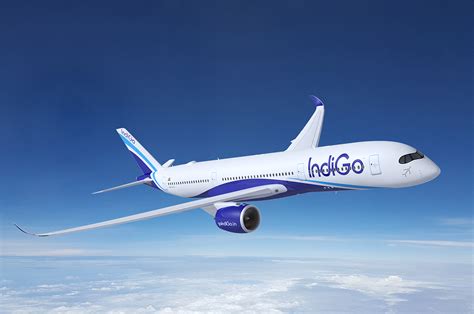There is a continuing debate about what aerospace firms need to focus on with next generation aircraft. The search for weight savings is relentless. Whereas many think the battle has already been won by CRFP, the truth is less so. Take a look at this slide form a recent ALCOA briefing.
Feeding this debate is the fact that pure carbon fibers weigh 0.06 ounces per cubic centimeter. Aluminum weighs 0.1 ounces and and steel 0.28 ounces. Carbon fiber weights 40% less than aluminum and 78% less than steel. Even when one considers the carbon fiber being processed with resins and baked into structures, its weight is still 66% that of an aluminum equivalent. It is these facts that make so many believe the debate is over. Everyone is impressed that a Formula One car driver, with a car made of CRFP, stands a good chance of withstanding a crash up to 186mph.
But as the chart shows, it is not. The two next generation airplanes from Bombardier and Mitsubishi have been careful in how they are deploying CRFP. Airbus and Boeing are likely to use more of the materials on their re-engined airplanes but certainly will not make major changes in how these are made from current materials.
It seems the debate is far from over. Even though CRFP has been used by commercial aerospace for some 30 years it is not the panacea. Like everything in aerospace, materials deployed are subject to tradeoff decisions. Even though aluminum and steel are heavy, they will have a place on airplanes for a long time to come. Firms (like ALCOA and Constellium) keep tweaking and developing new materials to reduce weight while keeping the attributes OEMs seek.
Views: 1





I think the new nano materials currently in the lower TRL levels are promising.
I agree with Addison. The next new airplane, or even the next new derivative airplane, will not automatically be made of CFRP, or even half of the airframe. As always, trade studies will be done to figure out the best material for the airplanes.
Will the airlines understand and accept this? Or did Boeing and Airbus do too good a job at selling the airlines the idea that CFRP is superior to aluminum in every way? Will the airlines perceive the use of aluminum alloys as a step backwards?
On the other hand, perhaps the airlines will be relieved that A and B are considering aluminum alloys for the next airplanes. The airlines have more than a little concern about getting up the learning curve when it comes to repairing primary structure made of CFRP.
I think most wing skins will be made from CFRP. Apart from being lighter than Aluminium, it’s also stiffer – a useful property for shaping longer, thinner and aerodynamically more efficient wings. I agree CFRP for fuselage skins is marginal, particularly when you add metal meshing for dissipating lightning strikes.
Stating, “did Boeing and Airbus do too good a job at selling the airlines the idea that CFRP is superior,” assumes airlines and lessors, especially the influential ones, are technologically incompetent. Did they fully understand and accept their aircraft without knowing the risks and rely solely on pure marketing to allay their fears? Surely, they either have prepared for repairs of “primary structures made of CFRP,” or rely on fully trained MRO stations.
Conversely, even airframe designers are still learning appropriate applications of aluminum alloys at tremendous cost to their customers. The A380’s 7449 alloy feet boom/CFRP hybrid wing ribs is a case in point as a primary structure.
When you look at the specific strenth and specific stiffness of most alloys it amazing how close in strenght and stiffness they are when you measure them by the kilogram. As for CFRP they are limited by the fact that you can’t push on a rope. Well that is not entirely true, if you increase the cross sectional area enough and increase it’s second moment of area, you can push on a rope.
With respect to OEM’s and operators providing and performing primary structural repairs to these CFRP and “Exotic” metal airframes, I have been providing training courses in advanced composites and bonded metal structures technologies for 16+ years. I am astounded by the lack of familiarity in basic composite materials & repair processes by many highly experienced Technicians and Engineers who come to our courses. The education in this industry is really “behind the curve” with respect to the knowledge required to work with these new materials.
graphene duh, or aluminum with carbon fibers inside of it